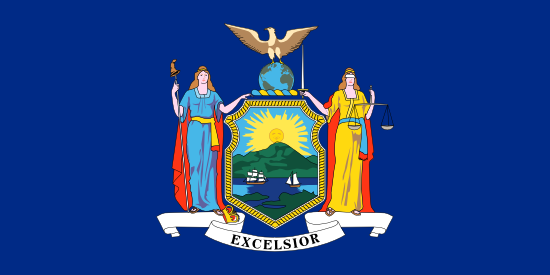
Yonkers
- County:
- Westchester County
- County Seat:
- No
- Area (mi²):
- 18.006
- State:
- New York
Yonkers is a city located in Westchester County, New York. Yonkers has a 2025 population of 211,040 . Yonkers is currently growing at a rate of 1.01% annually and its population has increased by 0.02% since the most recent census, which recorded a population of 210,995 in 2020.
The median household income in Yonkers is $81,816 with a poverty rate of 14.67%. The median age in Yonkers is 39 years: 37.3 years for males, and 40.7 years for females. For every 100 females there are 93.0 males.